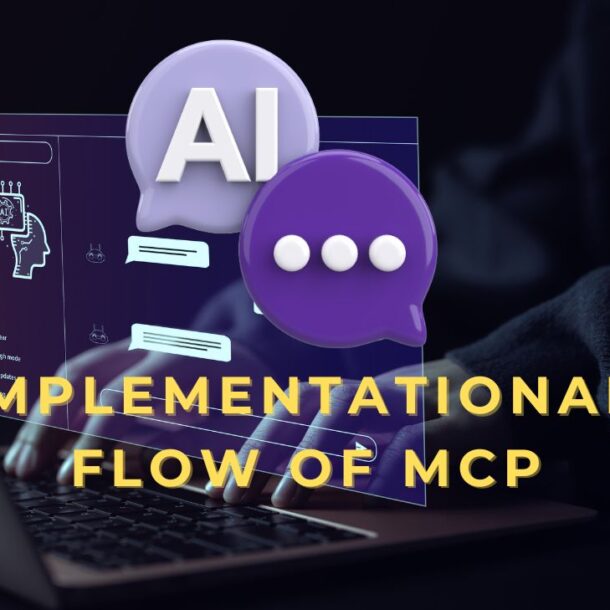The Model Context Protocol (MCP) is designed to facilitate seamless interoperability between AI-driven applications and external data systems. Its architecture consists of several core elements:
-
MCP Clients: These are AI applications—such as chatbots, developer assistants, or integrated development environments—that require dynamic access to external data or services. They generate requests to MCP servers to retrieve information or execute operations.
-
MCP Servers: Acting as intermediaries, these servers broker access to various data sources and services. They receive client requests, interact with the appropriate repositories or tools, and relay responses back to the clients.
-
Data Sources and Services: This category encompasses databases, APIs, and other external systems that hold the information or capabilities sought by MCP clients. MCP servers orchestrate access to these resources as needed.
Interaction Flow:
When an MCP client needs data or an action to be performed, it sends a request to an MCP server, specifying the requirement. The server then engages with the relevant data source or service, retrieves or executes the requested item, and returns the result to the client. This structured exchange enables AI applications to securely and dynamically tap into current information, thereby enhancing their operational context and performance.
Example: Reimbursement Workflow
Consider a company’s reimbursement process. Employees access a portal to submit claims, while the finance team reviews and approves or denies submissions. To automate and improve efficiency, the backend can be augmented with an MCP server. This allows AI agents to interact with the portal using natural language, automating tasks such as claim review, approval, or rejection. The same MCP server can be extended to other systems within the organization, enabling multiple agentic workflows.
Security Considerations
MCP is not solely about standardizing communication—it also incorporates security mechanisms to ensure that only authorized agents can access specific tools or actions. For instance, if an AI agent attempts to perform a sensitive operation like claim approval, the MCP server first validates the agent’s identity (authentication) and checks its permissions (authorization). These checks are integral to the protocol’s workflow, safeguarding the integrity of agent-tool interactions.
While MCP’s security features continue to evolve, the emergence of robust open-source implementations and framework standards is anticipated. This will help organizations safely scale their agentic ecosystems, combining automation with strong security and governance.
